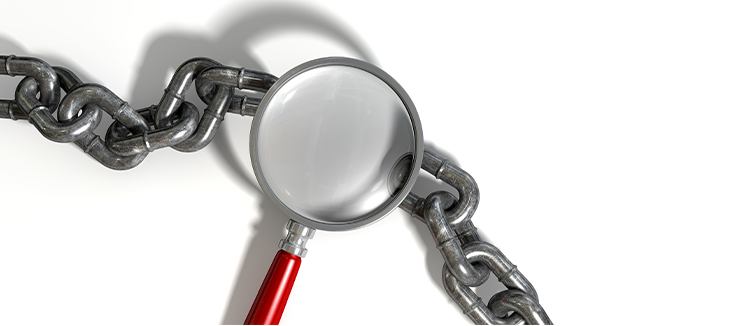In the reprocessing world, Spaulding Classification is the standard from which we learn what to disinfect or sterilize and how much to do it. But where does it come from and what are the classifications?
Spaulding Classification goes way back to 1939 when a microbiologist named Earle Spaulding wrote a paper for Temple University. In it, he proposed a system for determining which patient care items needed disinfection or sterilization. Spaulding separated patient care items into three categories: non-critical, semi-critical, and critical. He also recognized three levels of germicidal activity: high, intermediate, and low. By 1957, this system was called the Spaulding Criteria and was widely being used to further establish these norms. The CDC currently defines Spaulding Classification as, “a strategy for sterilization or disinfection of inanimate objects and surfaces based on the degree of risk involved in their use.”
Non-critical devices are those which come into contact with intact skin. Examples of these are stethoscopes, blood pressure monitor cuffs, and crutches. Most non-critical items can be cleaned and then disinfected by low-level disinfectants and do not require transportation to a central processing area. These items are low-risk when it comes to transmission of infection or disease. The CDC states: “Virtually no risk has been documented for transmission of infectious agents to patients through noncritical items when they are used as noncritical items and do not contact non-intact skin and/or mucous membranes.”
Semi-critical items are those which come into contact with mucous membranes or non-intact skin. Examples of semi-critical devices are transesophageal echocardiogram (TEE) ultrasound probes, laryngoscope blades, and vaginal probes. These items pose a much higher risk than non-critical items if they are not properly disinfected. Semi-critical devices require cleaning and then high-level disinfection after each and every use. According to The Joint Commission (TJC), high-level disinfection is, “the process of complete elimination of all microorganisms in or on a device, with the exception of small numbers of bacterial spores.”
Critical devices are those which come into contact with the bloodstream or other sterile areas of the body. Examples of critical devices are surgical equipment, dental instruments, and implants of any sort. These items pose the highest level of risk to the patient if not completely sterilized. TJC defines sterilization as a, “validated process used to render a product free of all forms of viable microorganisms.”
Understanding the Spaulding Classification system is critical to maintaining the health and safety of patients. When you fully understand how best to prepare any device for the next patient, you can help ensure their safety from healthcare associated infection. Because the requirements for high-level disinfection are varied and hard to maintain constant (e.g. contact time, temperature, concentration, etc.), one of the best tools in an infection preventionist’s arsenal is an automated TEE probe reprocessor. Devices like TEEClean® Automated TEE Probe Cleaner Disinfector take all the guesswork out of the cleaning and disinfection equation resulting in consistently high-level disinfected probes with virtually no room for human error.


